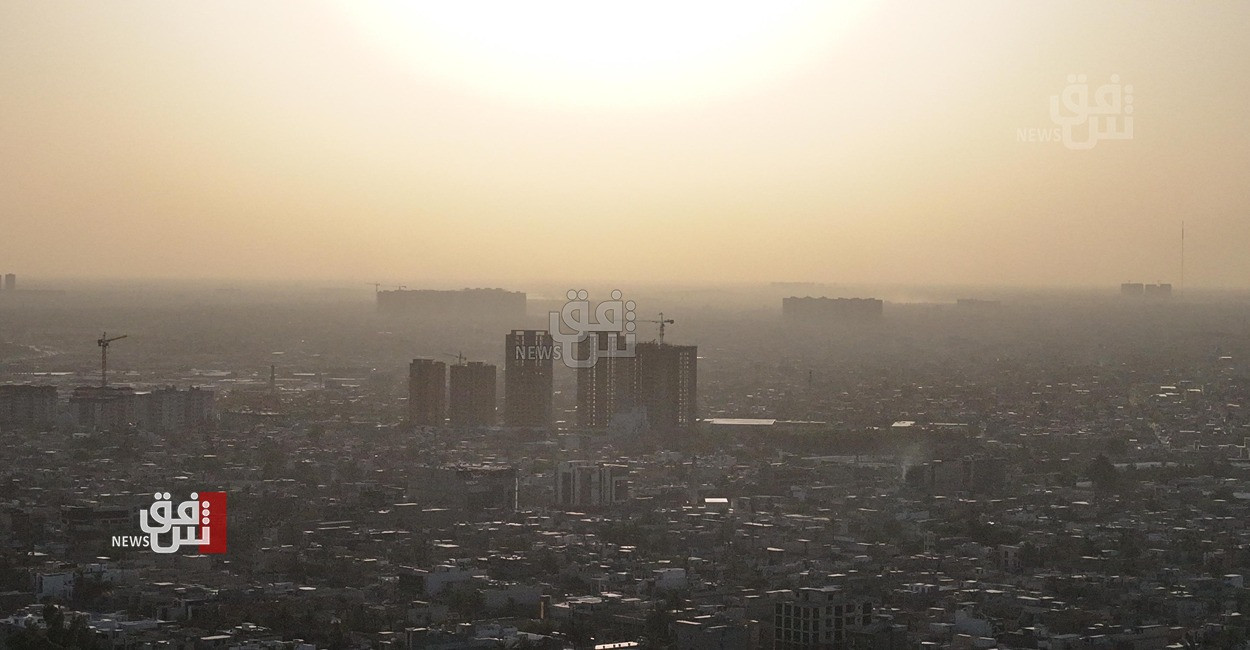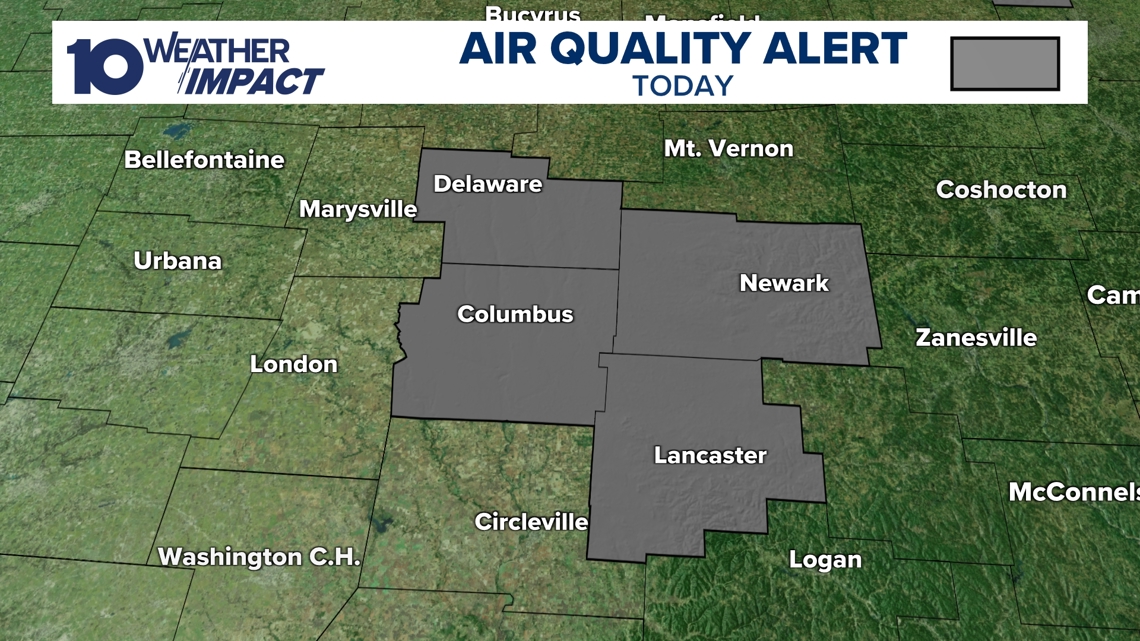
Report on Affordable Housing and Land Acquisition
Introduction
This report explores the mismatch between the timelines for accessing affordable housing financing and land acquisition, which creates unintended barriers to development, especially in areas where land is more expensive. It emphasizes the importance of achieving the Sustainable Development Goals (SDGs) set by the District of Columbia and the Metropolitan Washington Council of Governments (MWCOG) to address the region’s housing shortage.
Affordable Housing Goals in the District
In 2019, Mayor Muriel Bowser unveiled an ambitious plan to build 36,000 housing units in the District by 2025, including 12,000 income-restricted, subsidized homes. This plan was part of a broader regional initiative led by MWCOG to build 320,000 housing units by 2030. The District also published a Housing Equity Report in October 2019, which outlined specific targets for affordable housing production in each planning area of the District.
Geographic Distribution Goals
The Housing Equity Report aimed to reverse historical patterns of segregation and exclusion by creating quantifiable affordable housing production goals for wealthy neighborhoods. The report highlighted the need for a more balanced geographic distribution of income-restricted, subsidized units. However, as of February 2024, affluent neighborhoods such as Rock Creek West, Capitol Hill, and Near Northwest have fallen behind their specific targets, while neighborhoods east of the Anacostia River have exceeded their targets.
Challenges in Affordable Housing Development
Affordable housing development moves slowly, and land acquisition is challenging. Affordable housing developers face a lengthy process of land identification, negotiation, design, permitting, and financing. The competitive process for funding allocation further delays the closing of financing. In a strong real estate market, the short timeframe for land acquisition poses significant challenges.
Expensive and Risky Interim Acquisition
Interim land acquisitions are expensive and risky. Developers need large sums of money to buy and hold land while waiting for construction financing. Interim acquisitions require substantial cash contributions from developers, as banks are reluctant to provide loans for vacant land. Additionally, unexpected challenges during the interim period can derail projects, leading to financial losses and the abandonment of projects.
The Need for Solving Land Acquisition
The lack of affordable housing in wealthy areas of the District can be attributed to the difficulty in acquiring land. Developers are deterred by the high costs and risks associated with interim land acquisitions. This perpetuates the concentration of income-restricted, subsidized housing in low-income neighborhoods and reinforces patterns of segregation.
Potential Solutions
To address this challenge, the District should establish a revolving acquisition fund specifically for interim land acquisitions in communities that have not met their affordable housing targets. Affordable housing developers would repay the fund with interest upon securing construction financing, allowing the funds to be recycled into new projects. The existing Site Acquisition Funding Initiative (SAFI) program can be repurposed for this purpose, with adjustments to loan terms and amounts.
Managing Risk and Leveraging Private Capital
Any interim acquisition loan program should be carefully managed to mitigate risks. Lenders must assess project viability, borrower capacity, and portfolio risk. Community development financial institutions (CDFIs) can play a crucial role in managing the program, as they already have expertise in affordable housing financing. Leveraging private capital through public-private partnerships can maximize funding and project opportunities.
Conclusion
The District has the opportunity to fulfill its affordable housing goals and promote a more balanced geographic distribution of income-restricted, subsidized units. By addressing the challenges in land acquisition through the establishment of a revolving acquisition fund, the District can make meaningful progress in building affordable housing in affluent neighborhoods and dismantling patterns of segregation.
SDGs, Targets, and Indicators Analysis
1. Which SDGs are addressed or connected to the issues highlighted in the article?
- SDG 1: No Poverty – The article discusses the need for affordable housing in affluent neighborhoods to address segregation and economic disparities.
- SDG 10: Reduced Inequalities – The article highlights the unequal distribution of affordable housing in the District, with a focus on addressing racial and economic segregation.
- SDG 11: Sustainable Cities and Communities – The article discusses the District’s goals to build affordable housing units and achieve a balanced geographic distribution of projects.
- SDG 17: Partnerships for the Goals – The article mentions the involvement of government agencies, community development financial institutions (CDFIs), and other stakeholders in addressing the challenges of affordable housing development.
2. What specific targets under those SDGs can be identified based on the article’s content?
- Target 1.3: Implement nationally appropriate social protection systems and measures for all, including floors, and by 2030 achieve substantial coverage of the poor and the vulnerable (SDG 1).
- Target 10.2: By 2030, empower and promote the social, economic, and political inclusion of all, irrespective of age, sex, disability, race, ethnicity, origin, religion or economic or other status (SDG 10).
- Target 11.1: By 2030, ensure access for all to adequate, safe and affordable housing and basic services and upgrade slums (SDG 11).
- Target 17.16: Enhance the global partnership for sustainable development, complemented by multi-stakeholder partnerships that mobilize and share knowledge, expertise, technology and financial resources, to support the achievement of the sustainable development goals in all countries (SDG 17).
3. Are there any indicators mentioned or implied in the article that can be used to measure progress towards the identified targets?
- Indicator 1.3.1: Proportion of population covered by social protection floors/systems, by sex, distinguishing children, unemployed persons, older persons, persons with disabilities, pregnant women, newborns, work-injury victims and the poor and the vulnerable (SDG 1).
- Indicator 10.2.1: Proportion of people living below 50 percent of median income, by age, sex and persons with disabilities (SDG 10).
- Indicator 11.1.1: Proportion of urban population living in slums, informal settlements or inadequate housing (SDG 11).
- Indicator 17.16.1: Number of countries reporting progress in multi-stakeholder development effectiveness monitoring frameworks that support the achievement of the sustainable development goals (SDG 17).
Table: SDGs, Targets, and Indicators
| SDGs | Targets | Indicators |
|---|---|---|
| SDG 1: No Poverty | Target 1.3: Implement nationally appropriate social protection systems and measures for all, including floors, and by 2030 achieve substantial coverage of the poor and the vulnerable | Indicator 1.3.1: Proportion of population covered by social protection floors/systems, by sex, distinguishing children, unemployed persons, older persons, persons with disabilities, pregnant women, newborns, work-injury victims and the poor and the vulnerable |
| SDG 10: Reduced Inequalities | Target 10.2: By 2030, empower and promote the social, economic, and political inclusion of all, irrespective of age, sex, disability, race, ethnicity, origin, religion or economic or other status | Indicator 10.2.1: Proportion of people living below 50 percent of median income, by age, sex and persons with disabilities |
| SDG 11: Sustainable Cities and Communities | Target 11.1: By 2030, ensure access for all to adequate, safe and affordable housing and basic services and upgrade slums | Indicator 11.1.1: Proportion of urban population living in slums, informal settlements or inadequate housing |
| SDG 17: Partnerships for the Goals | Target 17.16: Enhance the global partnership for sustainable development, complemented by multi-stakeholder partnerships that mobilize and share knowledge, expertise, technology and financial resources, to support the achievement of the sustainable development goals in all countries | Indicator 17.16.1: Number of countries reporting progress in multi-stakeholder development effectiveness monitoring frameworks that support the achievement of the sustainable development goals |
Behold! This splendid article springs forth from the wellspring of knowledge, shaped by a wondrous proprietary AI technology that delved into a vast ocean of data, illuminating the path towards the Sustainable Development Goals. Remember that all rights are reserved by SDG Investors LLC, empowering us to champion progress together.
Source: ggwash.org

Join us, as fellow seekers of change, on a transformative journey at https://sdgtalks.ai/welcome, where you can become a member and actively contribute to shaping a brighter future.






